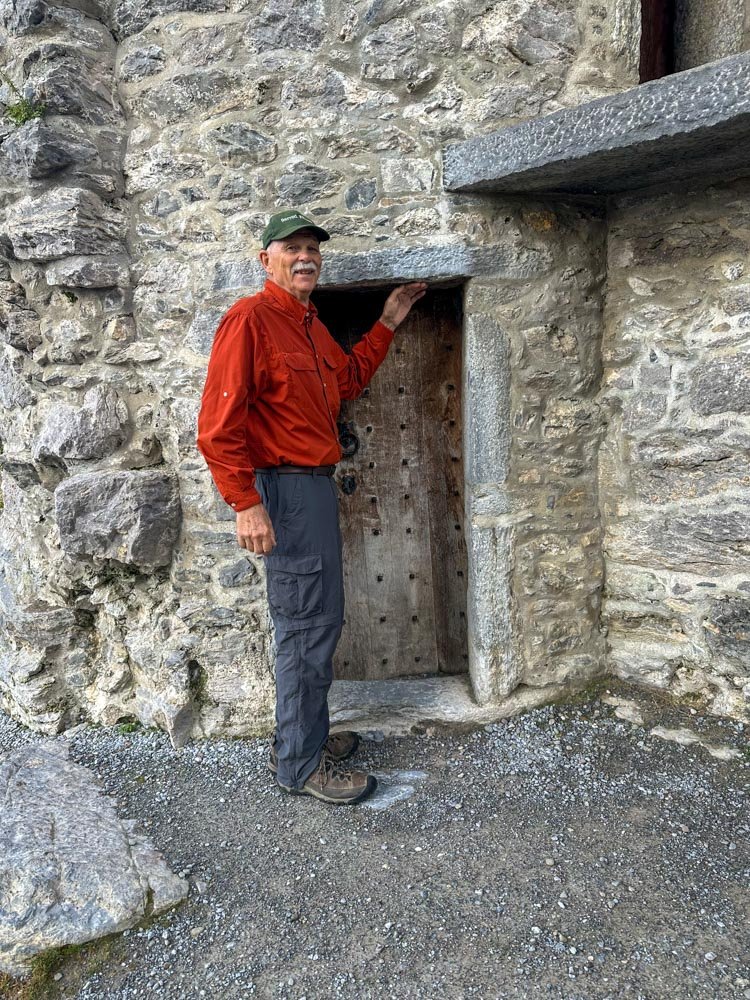Are you ready to go to Ireland?
Hi all,
Vicky and I took a trip to Ireland in October 2024. We went to Ireland on our own and self-toured the country, including Northern Ireland. We booked a B&B in Dublin for the first two nights, but otherwise, we had zero reservations for the trip. We knew it was a bit risky going without reservations, but that's how we did it. We learned that it can be very challenging to go without any reservations in the "Off Season" which means after October 1st. But we persevered and enjoyed the challenge and also enjoyed some of the peculiar places that we found to stay.
We flew to Dublin and stayed there for two days. Then we rented a car, with me driving, and drove north to Belfast. We kept going north and then circled the entire country counter-clockwise. Our trip was almost two weeks, and we had great fun wandering around. We hit most of the Irish tourist highlights but we also found plenty of off-the-beaten path places as well.
So, if you're inclined, come along as we tour Ireland. Below are a few highlights from our trip around Ireland that we particularly enjoyed.
In the first photo, Vicky is standing in the Temple Bar area of Dublin, on one of the smaller streets. We loved the Temple Bar area.
We got right down to business by eating lunch in the Temple Bar. Despite our long flight from SFO to Dublin, we managed to drink some Guinness with our lunch.
I'm sure that no trip to Dublin can be considered complete without a visit to the St James Gate and Guinness Storehouse. It was one of the highlights of Dublin for us.
We drove the Causeway Coastal Road up to the Giant's Causeway. We spent over two hours there and enjoyed every minute of it. It’s a unique area of Ireland and the world.
While we visited many of the highlight tourist spots, just driving through the Irish countryside was enough for me to enjoy the trip. Below is an example of why.
One of my main pre-planned visits was to the Blarney Castle. Vicky was not as enamored as I was but in the end, she enjoyed our visit there as much as I did. The experience exceeded our expectations.
We stayed at as many B&B's as we could find open and we ate at pubs for many of our meals. The pubs were also highlights for us as you can see below.
So, if you're inclined to travel to Ireland with us, we are on our way.












































































































































